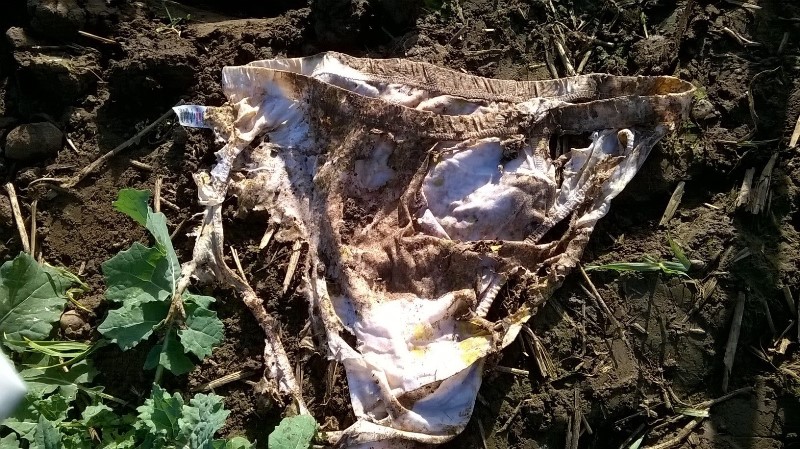Soil Biodiversity
Soil is a living mass, it contains microorganisms, microflora, protozoa, worms, and anthropods. These organisms require a food source for two reasons: to supply energy and to build tissue. Soil biology is fundamental for the promotion of plant growth, the breakdown of organic matter and the cycling of nutrients such as nitrogen and phosphorus.
Earthworms are very useful as indicators of biological soil quality and improve the structure of the soil by burrowing and feeding.
The biological quality of the soil can be assessed at the same time as the soil structure using a spade test by breaking up the soil and counting the earthworms.
For more information about earthworms, read the Opal Key to common British earthworms.
Another way to assess your soil biodiversity is to try the AHDB Soil My Undies test:
- Bury a pair of white 100% cotton briefs or boxers in the top six inches of soil.
- Leave the waistband showing and mark the location.
- To test the impact of soil type, rotation and management, repeat at several locations.
- After eight weeks, extract the underwear carefully and wash them in a bucket of water.
- Use the results to learn more about your farm’s soil health and share the results on Twitter, using the hashtag #SoilMyUndies
Find out more about soil biodiversity in the Valuing Your Soils booklet, or in our Technical Note (TN721): Soil Biodiversity and Soil Health

Sign up to the FAS newsletter
Receive updates on news, events and publications from Scotland’s Farm Advisory Service
